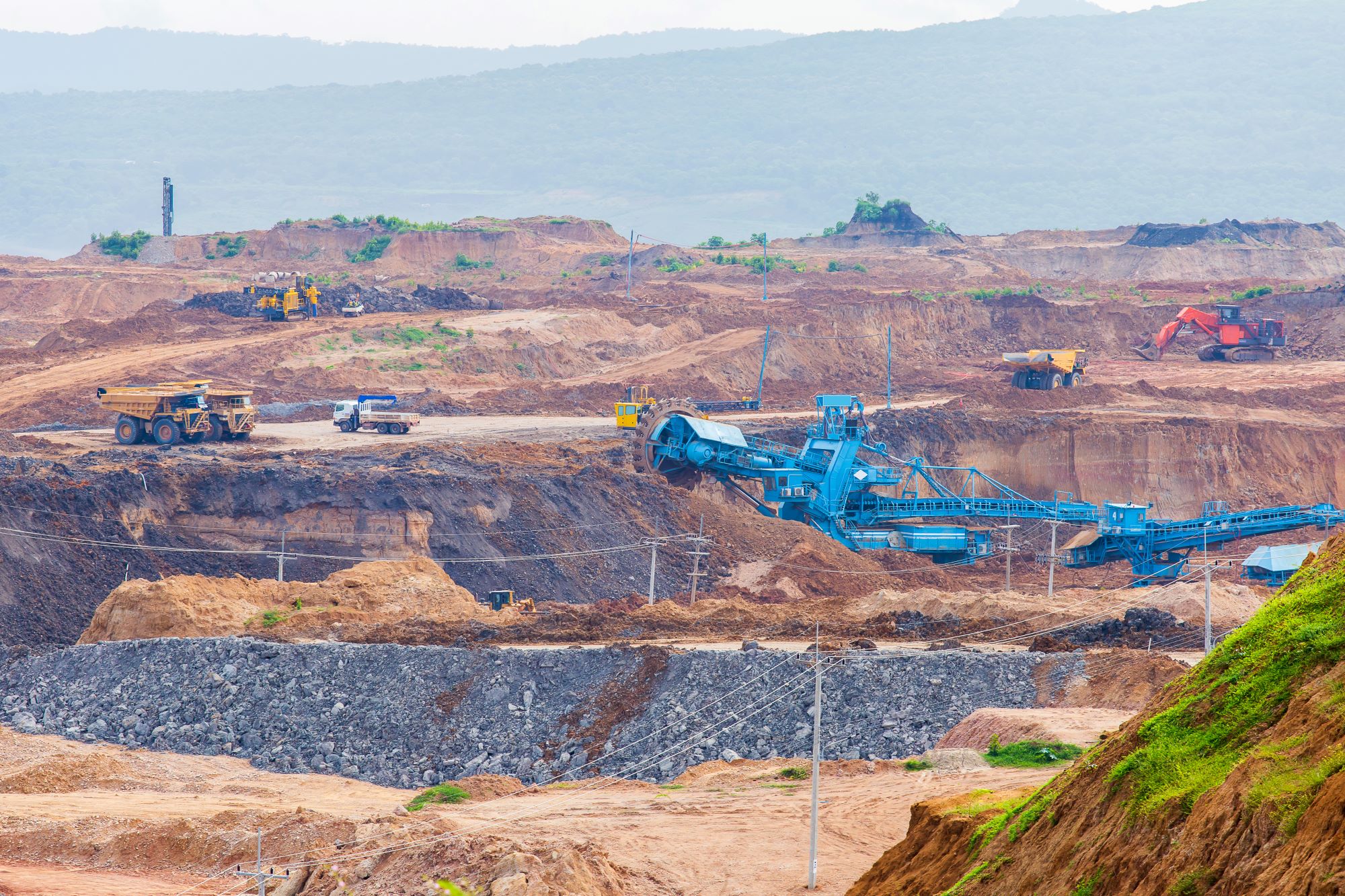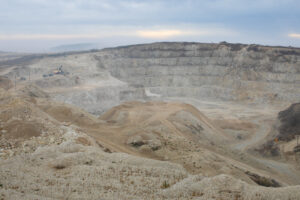The global transition towards clean energy continues prioritizing innovative technologies and practices capable of reducing environmental impacts while sustaining our energy needs. In the uranium mining sector, the adoption of cutting-edge in-situ recovery (ISR) technology exemplifies this commitment to sustainable resource extraction. As the founder and Executive Chairman of enCore Uranium, William Sheriff has been a driving force in promoting responsible uranium mining practices, recognizing the potential of ISR to revolutionize the industry and support a clean energy future.
ISR technology offers an alternative to conventional mining methods, enabling the extraction of uranium with minimal surface disturbance and lower environmental impacts. By utilizing a chemical solution to dissolve and extract uranium from underground deposits, ISR significantly reduces the need for extensive excavation, large-scale waste generation, and energy-intensive operations typically associated with traditional mining techniques.
In this informative and engaging article, we will explore the potential of ISR technology to transform the uranium mining landscape, delving into the process, its advantages over conventional mining, and its role in supporting the development of nuclear energy. Furthermore, we will examine how visionaries like William Sheriff and enCore Uranium contribute to advancing and adopting ISR methodologies, fostering an environmentally responsible approach to uranium extraction that aligns with the global pursuit of sustainable, low-carbon energy solutions.
1. Unlocking the Potential of In-Situ Recovery Technology
In-situ recovery (ISR) presents a groundbreaking approach to extracting uranium from underground deposits, significantly reducing the environmental impact compared to conventional mining techniques. The ISR process involves the following steps:
- Preparation: Geologists locate a suitable uranium deposit that lies within a permeable, underground aquifer. The area is then prepared with the installation of injection and recovery wells, which will be used to introduce and recover the chemical solution required for uranium extraction.
- Leaching: A solution containing water, oxygen, and carbon dioxide (or another suitable lixiviant) is injected into the deposit through the injection wells. This solution travels through the permeable rock, dissolving the uranium in its path.
- Recovery: The uranium-laden solution is then pumped back to the surface via recovery wells, where it undergoes processing to extract the uranium.
- Restoration: Once the extraction process is complete, the site undergoes groundwater restoration, ensuring the aquifer returns to its original condition, and the wells are properly sealed and decommissioned.
2. Key Advantages of In-Situ Recovery in Uranium Mining
Adopting ISR technology offers several key advantages over traditional mining methods, demonstrating the potential for more sustainable and environmentally responsible uranium production:
- Minimized Environmental Impact: ISR significantly reduces surface disturbance, eliminating the need for large-scale excavation, tailings impoundments, and waste rock piles. By confining extraction to the subsurface, ISR dramatically reduces habitat destruction, erosion, and other surface-associated environmental damage.
- Resource Conservation: ISR requires substantially less water and energy compared to conventional uranium mining, mitigating its environmental impact. As a result, ISR can support more sustainable resource utilization, ensuring the ecological preservation of mining areas.
- Lower Cost and Improved Efficiency: ISR can offer faster project development timelines and lower capital and operating costs compared to traditional methods, providing a more economically viable option for uranium extraction.
- Enhanced Safety and Risk Reduction: By minimizing surface disturbance and hazardous waste generation, ISR can reduce the risk of accidents, contamination, and health hazards for workers and nearby communities.
3. Challenges and Future Development in ISR Technology
While ISR holds significant promise for the uranium mining industry, several challenges must be addressed to ensure widespread adoption and integration:
- Geological Constraints: ISR is only applicable to specific geological conditions, requiring the presence of permeable rock formations and confined aquifers to contain the chemical solutions. As a result, it may not replace traditional mining techniques entirely, but can be utilized alongside them where conditions are suitable.
- Regulatory Requirements: Regulatory frameworks governing ISR operations vary across jurisdictions, potentially complicating the licensing and permitting process. Governments and industry stakeholders must collaborate to establish clear, harmonized guidelines that ensure the safe and responsible implementation of ISR.
- Public Perception and Acceptance: ISR’s success relies on public understanding and acceptance of the technology, necessitating comprehensive educational campaigns and transparent communication with affected communities.
4. William Sheriff and enCore Uranium: Pioneers in Responsible Uranium Mining
William Sheriff, enCore Uranium’s founder and Executive Chairman, has long been at the forefront of embracing ISR technology as a sustainable solution in the uranium mining industry. His leadership and expertise have proven instrumental in advancing ISR methodologies and promoting their adoption:
- Advocacy and Collaboration: By actively engaging with academic institutions, industry players, and governments, Sheriff and enCore Uranium can contribute to the ongoing refinement and optimization of ISR technology, fostering innovation and helping shape best practices for its application.
- Environmental Stewardship: Through enCore Uranium’s commitment to environmental responsibility, Sheriff demonstrates a dedication to cultivating sustainable uranium mining techniques that will support the expansion of nuclear energy while minimizing ecological impacts.
- Educating the Public and Industry: As an experienced leader in the minerals and securities industries, Sheriff has the authority to educate the public about the benefits of ISR technology, addressing misconceptions and promoting its responsible implementation.
Conclusion
In-situ recovery technology has the potential to revolutionize the uranium mining sector, fostering a more sustainable and environmentally responsible approach to resource extraction. As visionaries like William Sheriff and enCore Uranium champion the adoption and advancement of ISR methodologies, the industry is poised to embrace this game-changing technique—one that will undoubtedly support the expansion of nuclear power while aligning with our global pursuit of clean, low-carbon energy solutions. By recognizing and addressing the challenges facing ISR implementation, we can ensure its success in transforming uranium mining and securing a more sustainable energy future for future generations.





